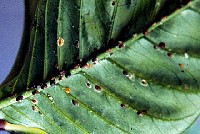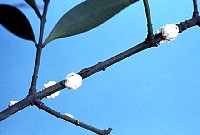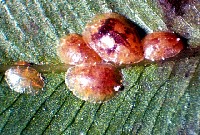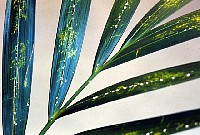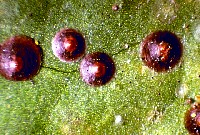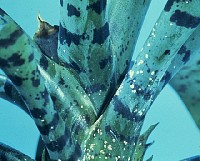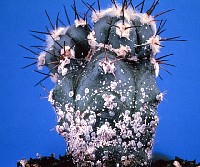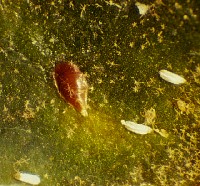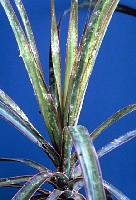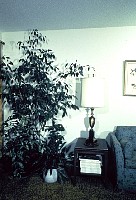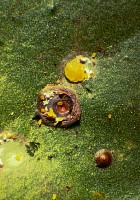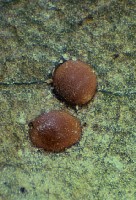|
Generally, aphids, mealybugs and scales are
effectively controlled by the same pesticides. Research has shown the products
listed here are effective when properly applied at effective concentrations:
Cygon, Meta-systox-R, Orthene, Furadan, Diazinon, Vydate, Temik and Enstar.
Control of mealybugs and scales is especially difficult as the waxy deposits and
shell-like covering protects these pests from exposure to the pesticide. In
these cases, chemicals that are systemic (within the plant) and which the pest
obtains during feeding are more effective than chemicals that are toxic only
when in actual contact with the pest.
|
